The Chinese technology giant, Huawei, has had quite an odyssey the last few years, finding itself in geopolitical struggles that have significantly challenged several of its businesses, most notably its smartphones and carrier equipment divisions. However, as I've watched the company's journey over the last decade, it's clear that it has also been making long-term bets in adjacent businesses and industries.
I remember seeing Huawei demonstrating remarkably sophisticated and well-thought out blueprints for smart cities, connected factories, autonomous transporation, and other large scale digital transformation back in 2016, when it estimated that $15 trillion in unrealized economic gains were lying in wait for those with the vision to acton on the opportunities. Collectively, Huawei considers the pervasive digitlization of everything as its global industry vision (GIV), which it calls Intelligent World.
It is increasingly in these domains that the company seeks to move "up the stack" from low-level 5G infrastructure and communications devices, into the much higher potential and more value-add transformation of businesses, institutions, cities, and industries with its growing array of technology solutions.
In my talks with many Huawei executives in Barcelona last week, it's clear the company is quite serious about achieving these goals over time, and to do so while also achieving goals in sustainability using green ICT. In order to seize them as fully as possible, the company is also making massive investments into these areas. Thus Huawei now ranks among the very highest spenders on research and development in the world, spending $22.4 billion over the last year and a whopping $132.5 billion over the last decade, as it seeks to enter major new markets and industries. The relative success of these investments is a fascinating question and so Huawei brought a very special customer to us (see below) to demonstrate major traction while also citing that nearly 200 Fortune 500 companies have previously chosen Huawei to help them with their digital transformation.
A Snapshot of Huawei at Mobile World Congress 2023
In was with this backdrop that I was invited to see Huawei's latest progress in these endeavors in Barcelona earlier this month. What followed was a fascinating story told in three vignettes, during mini-events that Huawei held adjacent to the massive Mobile World Congress 2023 (MWC) confab at the huge trade fair and exhibition center, Fira de Barcelona.
Huawei also had the largest exhibit area of the MWC show, taking over half of an entire hall at the fairgrounds, and using the space to tell the stories of the many digital innovations and blueprints that it had, including an entire section devoted to Industrial Digital Transformation, which focused on the digital re-imagining of sectors including energy, manufacturing, education, and healthcare.
Huawei Day 0 Summit: Green ICT Development
However, before MWC even began, Huawei hosted its 12th annual Huawei Day 0 Summit. which it holds the day befoe the larger mobile event begins. The theme for this year's Day 0 event was Green ICT Development, basically a tightly orchestrated set of talks from various telecom leaders on sustainability as well as some environmental, social, and governance (ESG) issues. (For American readers, ICT stands for Information and Communications Technology, and similar in focus to information technology, or IT.) The mobile industry has a tremendous energy and environmental footprint, and this day was dedicated to seeing what the progress was.
Li Peng, VP and President of the Huawei Carrier Group kicked off the Day 0 Summit, noting that the company was focusing on "creating indicators to measure and improve energy efficiencies" in the mobile industry. Then Massamba Thioye, Project Executive of United Nations Framework Convention on Climate Change’s Global Innovation Hub mades an address.
He noted that getting green ICT solutions to market means making knowledge about them far more discoverable and available. Interestingly, he also said they are creating a “deep search engine” to connect climate change disruption tech to ICT buyers. Then, he painted a clear version for what the UNFCCC was attempting to achieve in the mobile area (and everywhere else): "A world that is generative rather than extractive. A world where a flourishing life is available to all people. Radical collaboration is required for a digital green transition." Finally, Thioye wrapped up with a key point: “We have to decarbonize the value chain of the ICT sector.”
Next, the head of climate action for GSMA , Steven Moore, presented an update on what the industry’s Climate Action Task Force has been doing to achieve green ICT and sustainable development. He points out that the source of energy is just one part of the green#ICT development equation. "Efficiency a critical factor as well. The core goal is 0.24 kWh per GB of data to 0.17 KWh." This will be achieved by replacing high consumption legacy hardware with more efficient hardware as quickly as is feasible. He also cites Verizon has doing a particularly notable job of using green energy. In addition to nearly a quarter of their energy consumption coming from renewable sources today, they have added over 2 gigawatts of renewable energy capacity recently. It's an encouraging story that is early proof that decarbonation of the mobile industry is actually happening.
The takeaway was cautiously optimistic, but every speaker stressed that dramatic increases action are urgently needed. The needle is moving, but not fast enough, "radical collaboration is now needed between organizations and nations. But steadily improving data from across the industry makes the progress measureable and specific needs for action clearer.
Digital Transformation of the Mining Industry
Another notable session that Huawei arranged adjacent to MWC, was about the digital transformation of mining in Botswana. This the story of Debswana, the world’s leading producer of diamonds, so a particularly notable proof point of Huawei penetrating into the mining industry. The project started operation in December 2021. The mining firm now uses connected 5G networks, devices, and monitoring/analytics from Huawei, which has been key to the digitization of their business. Huwai says the Jwaneng mine is the world's first 5G-oriented smart diamond mine.
“We have a specific vision, where we want to move from middle income country to a high income country", said Thulagano M. Segokgo, Minister of Communications, Knowledge and Technology of Botswana, "This digitisation agenda is very, very critical to to us be achieving that we need to grow our economy."
“We have collision avoidance systems. We have fatigue management systems. They allow us us to plan a very safe mine", noted Debswana's Head of Information Management, Molemisi Nelson Sechaba. He said they wish to get to zero injuries using the connected technologies that they now have in place from Huawei.
After the panel from Debswana and Huawei presented their story of connected 5G smart mining, I asked Debswana's Sechaba why they chose Huawei for digital transformation of their business, over more well-known companies within the mining industry.. He was immediately forthright, and said they chose them because of 1) how well Huawei listens to them, 2) the quality of their products , 3) follow-through, 4) approachability, and 5) ability to work through issues.
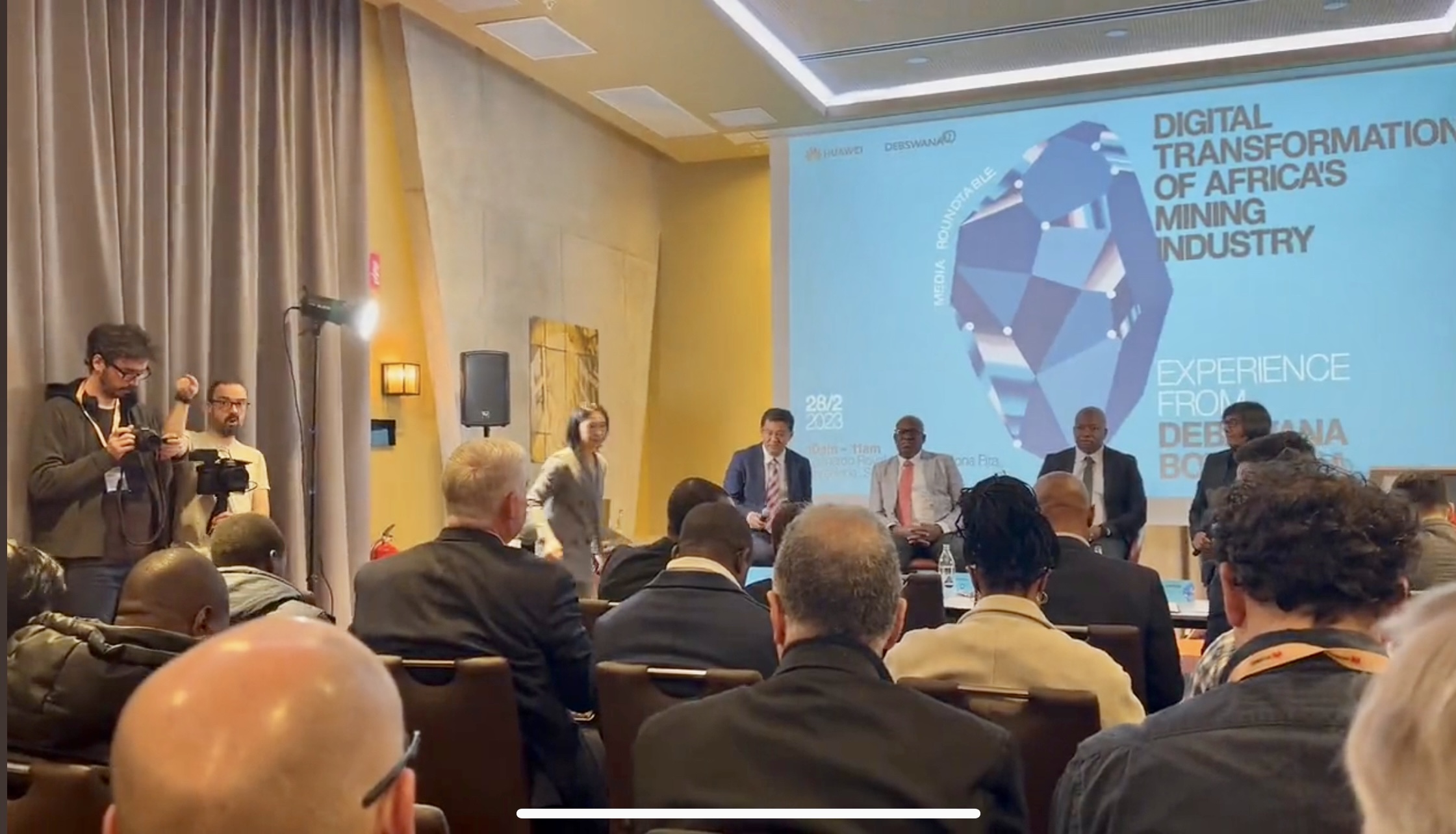
Photo: I ask the Debswana ICT Executive About Selecting Huawei for the Digital Transformation of Mining at MWC 2023
Since Huawei is not well-known for its deep experience with the #mining industry, the company's Jun Xu, president of Huawei Cloud, explain. As part of its major foray into digital transformation, company wanted to get its connected technologies (5G, Big Data, and AI) used in Industry 4.0 applications.
Finally, there was the important debate of what to do as people are steadily replaced with machines. The company and the country of Botswana have both clearly given this careful thought, noting they are seeking to make impact minimal. They must build ICT skills in local works, since high tech creates "major new employment opportunities."
It's no accident that Huawei chose to profile this particular case study, given it's prominance on the African continent and in the mining industry, both. Huawei seeks to grow in new markets and new industries, and the success of this effort is a key proof point to show they can enter new spaces with apparent ease and create happy customers. In my analysis, this is going to be key for Huawei to rapidly gain credibility as it evolves to expand its business into major new markets.
Roundtable on 5G Business Success
Yet it is 5G and what comes next after it -- namely 5.5G and 6G -- that remains one of Huawei's core businesses, which is increasingly powering a technology world that is going ever more wireless. To that end, the company facilitated a private media roundtable with analysis and influencers. The participants were Paul Scanlan, President Advisor of Huawei's Carrier Business Group, and Arun Sundarajajan of the Stern Business School at New York University.
The subject was the major shifts in the 5G industry that were triggered by the pandemic and increasing usage of bandwidth by the big hyperscalers. Scanlan, who is very well known in 5G circles, observed that 5.5G is an attempt to better "aggregate all the spectrum" to accomdate the growth of uplink, specifically adapting to the big shift from central Big Tech media to user content [the explosion of Teams/Zoom calls] and security cams, and richer support for an ecosystems of devices." But it was pandemic specifically that "ushered in vast amounts of indoor uplink demand that the early 5G networks just weren’t built for." That's about to be addressed in 5.5G and will lead to more succcess for the costly rollouts that have taken place around the world.
Sundarajajan then noted that the maturing of 5G services has created opportunities to attract many new customers who about to get connected, “we can now reach 100s of millions of people who may not have been an attractive enough market to create that kind of content for in the first place.”
There was the obligatory discussion about ChatGPT and the network effects that drive, which was part of whole challenge of scale convo at MWC: “The layer people that are missing is that you're not just taking all public data, and dumping it into a large language model", said Sundarajajan, "there’s also a layer on top. Reinforcement training is now creating proprietary new data at scale."
Scanlan finished with key points about how 5G must now be used more strategically to transform businesses today, and not just focus on the" the savings of millions of dollars by not cabling everything with proprietary closed networks." He made the point that "it's also the added value of changing your business. And that's where the real difficulty happens. [The customers] have the technology, but [they] don't yet have the mindset. So for me, this is really a story about mindset. It's about training, it's about paradigms, it's about business models, it's about upskilling it's about seeing things differently, so we don't pave the cow path".
Huawei's Future Journey and Evolution
It was clear from everything on display at their vast pavision in Hall 1 at MWC to the carefully choreographed events on sustainability, digital transformation, and making 5G foundational to industry transformation that the Huawei is thinking very big and seeking to become a strategic partner to enterprises around the world as they remake their industries for today's modern digital capabilities. While they will continue to focus on 5G, they will also be delivering more and more transformational industry solutions in everything from smart cities and intelligent enterprises to transporation, mining, education, and healthcare.
I spoke privately at a reception after these events to Paul Scanlan and asked him if he thought they have pivoted towards this new vision in light of their challenges, and he said definitely not. This has been the plan all along. If I review the 20 year planning models that I know that Huawei uses and the evidence I saw back in 2016, I would have to concur that it's very likely this is part of Huawei overall plan for evolution and growth. Telecom, smart devices, and low level carrier services were never going to fulfill their ultimate ambitions. Furthermore, their enormous R&D investments over the last decade began well before recent bumps in the road, and is yet another proof point. It will be fascinating to watch Huawei work within its geopolitcal constraints as it continues to enter these new markets and industries. One overarching point is clear to me, however: The company is absolutely committed to achieving its ambitious long term goals for becoming a global transformative technology leader.
Related Reading
My full Twitter coverage of Mobile World Congress 2023 and Adjacent Huawei Events
A Portrait of Huawei: What Digital Leaders Should Know
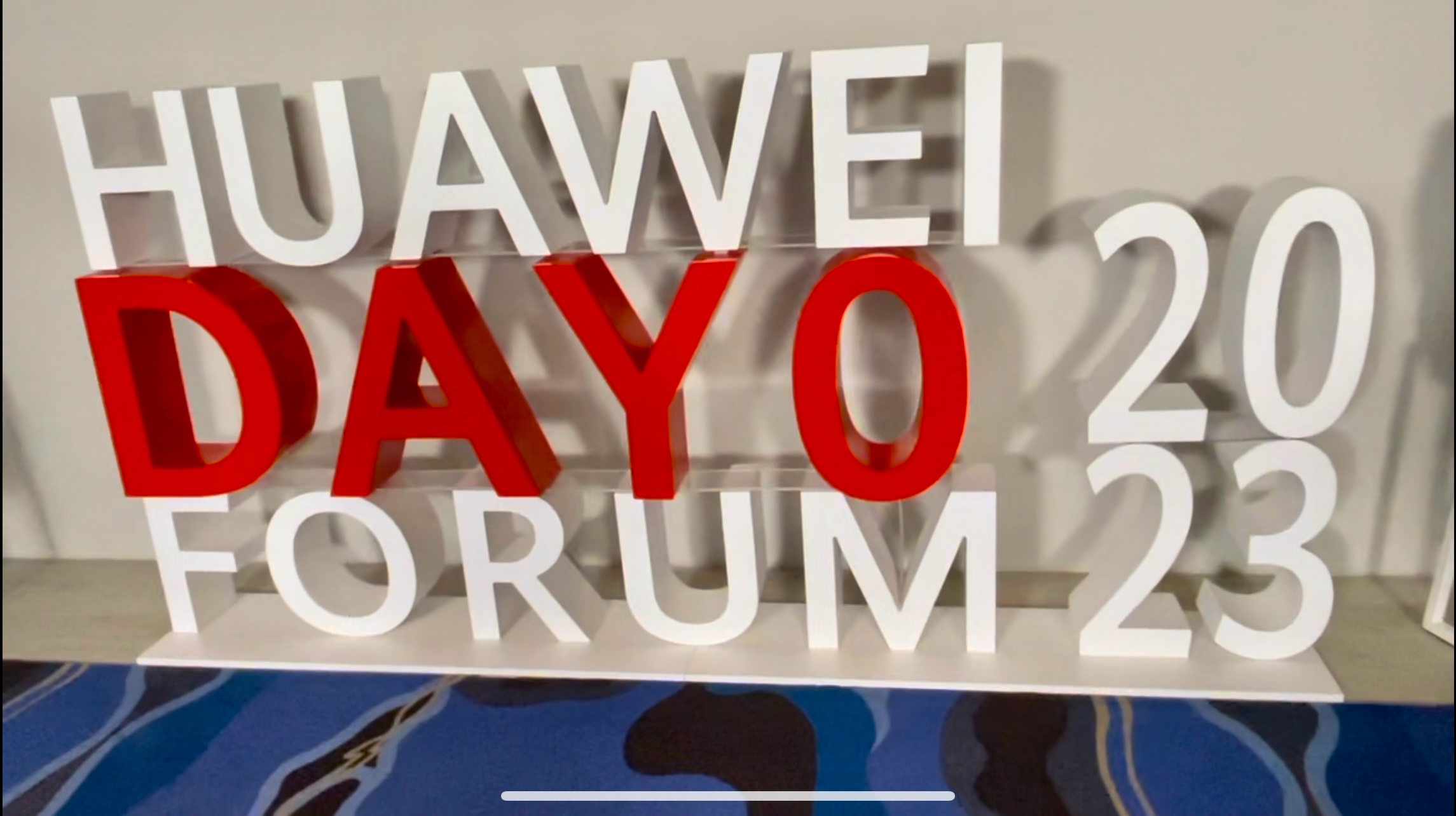
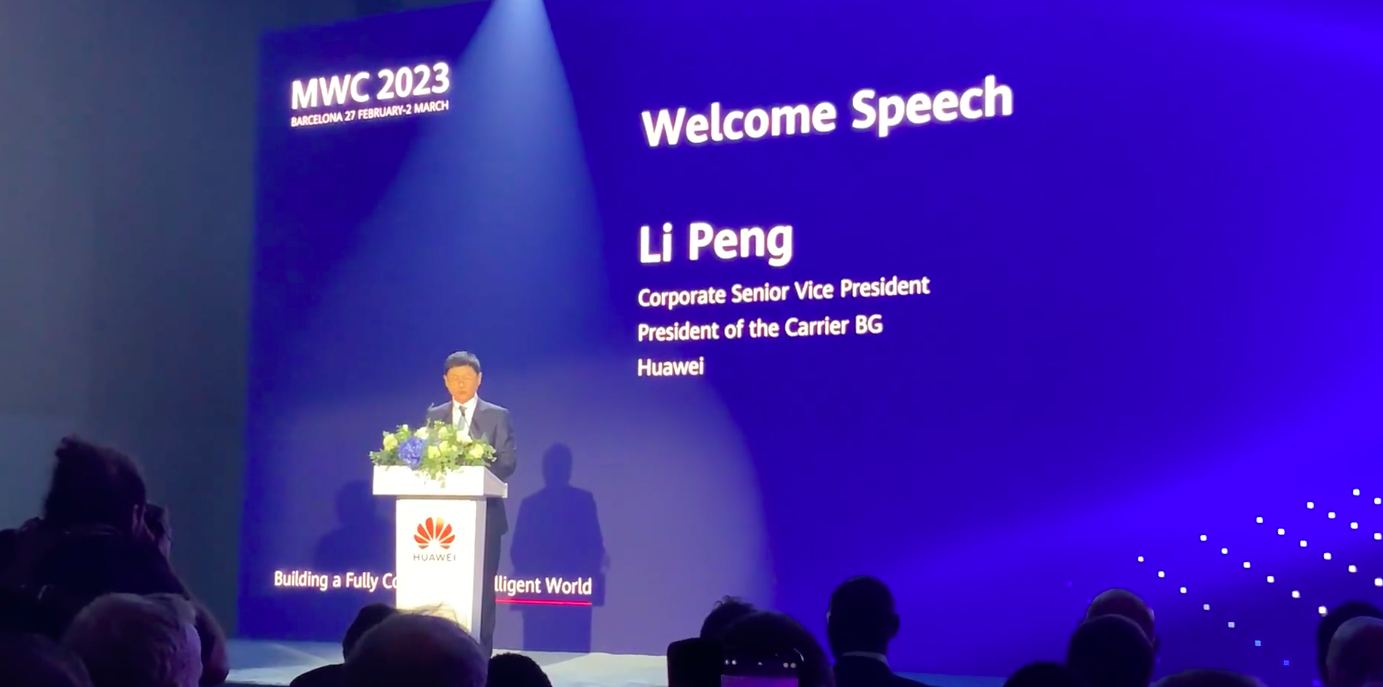
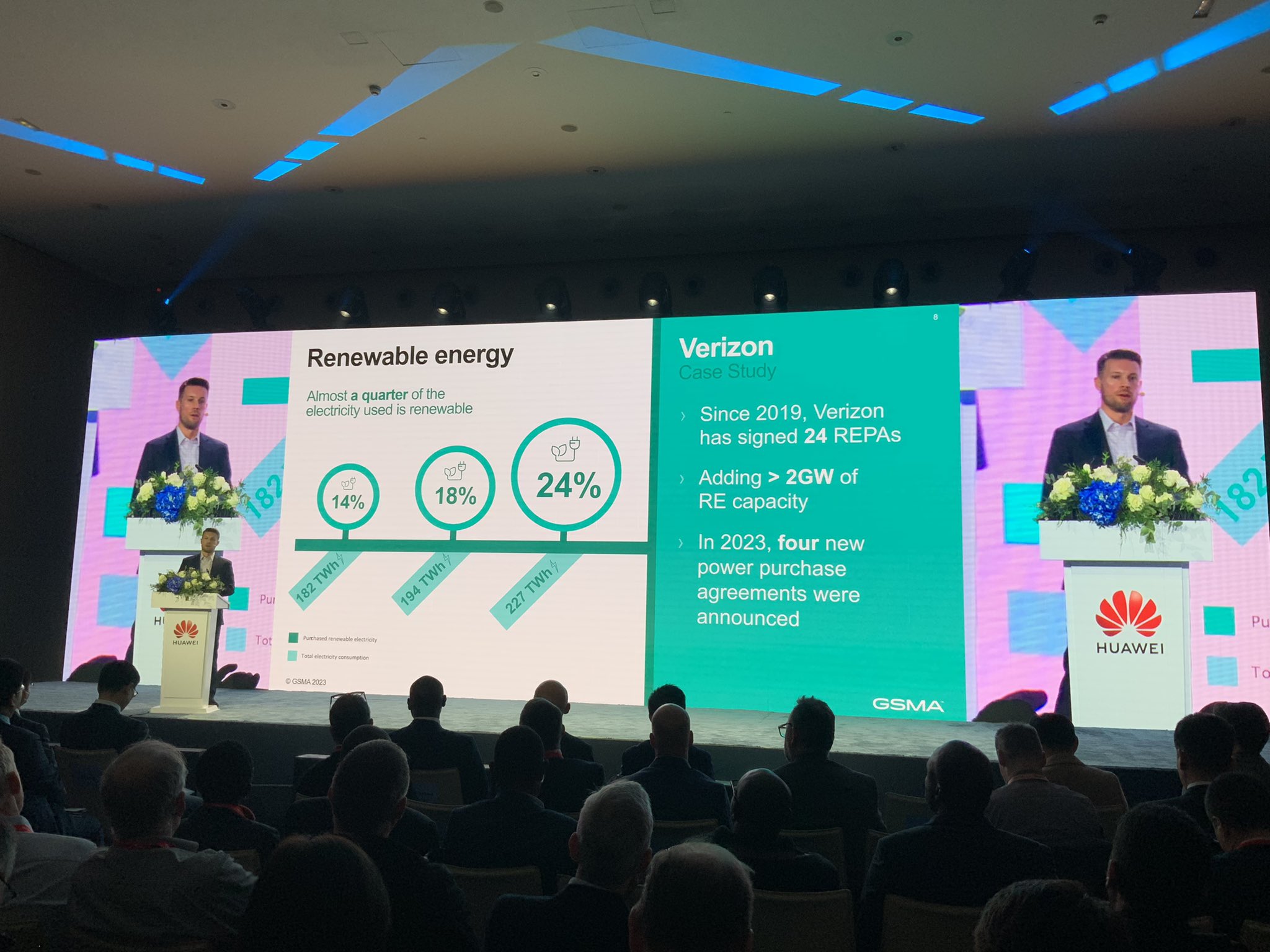
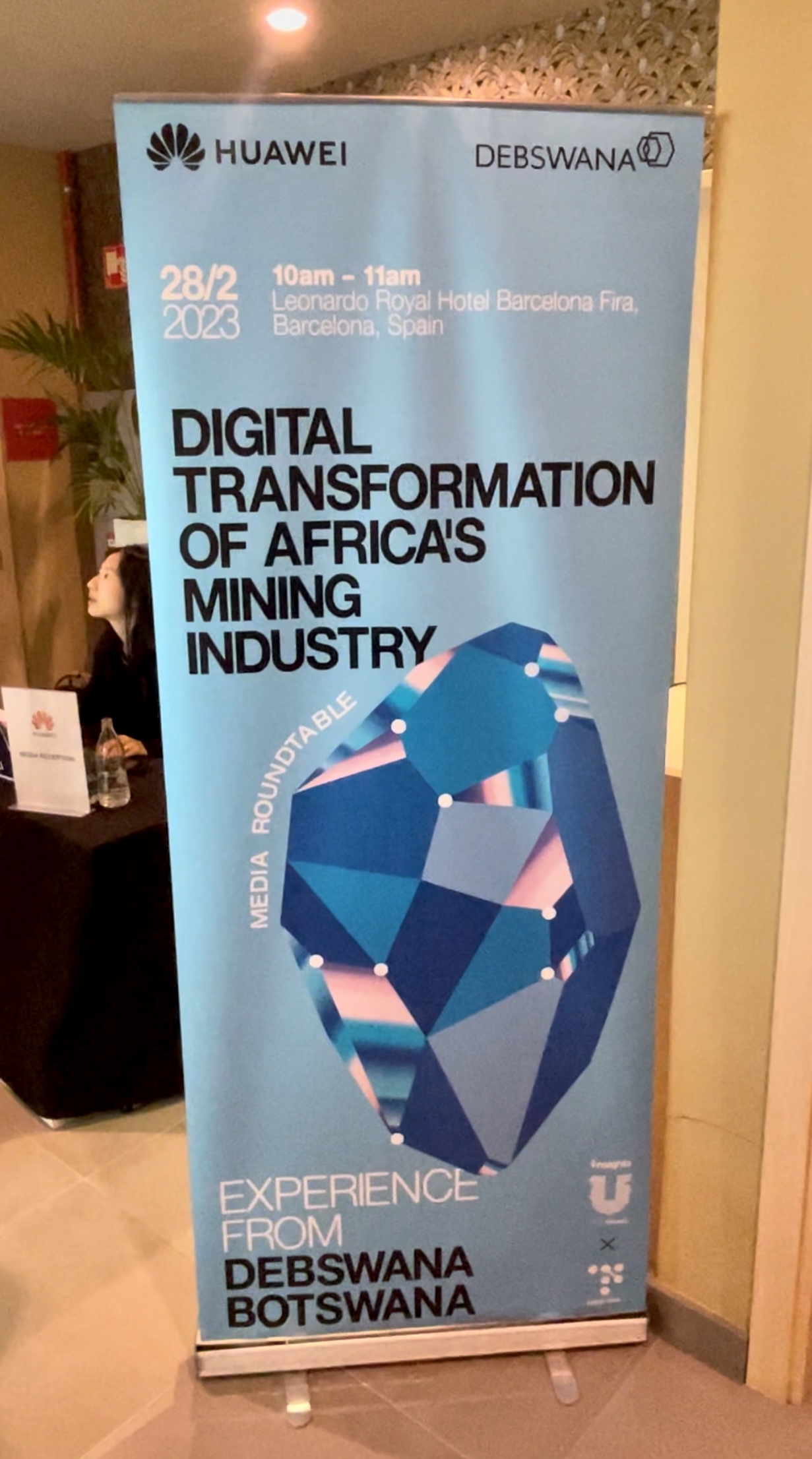


0 Commentaires